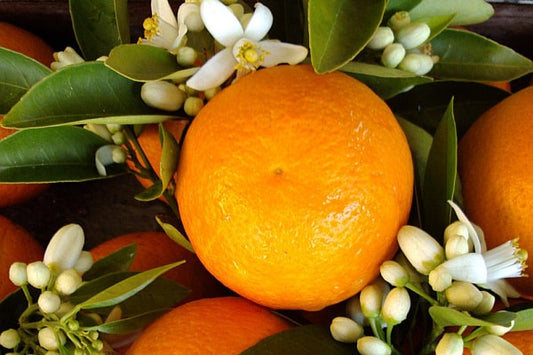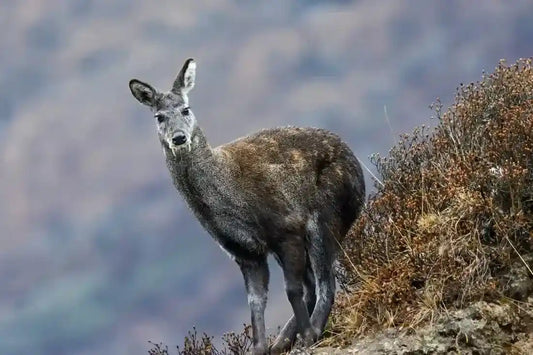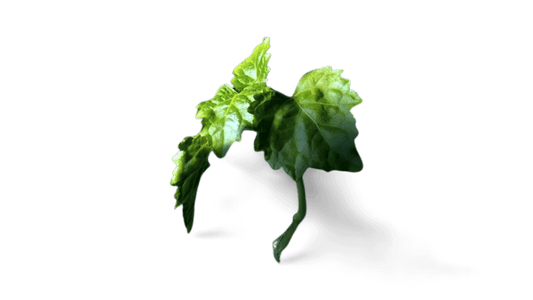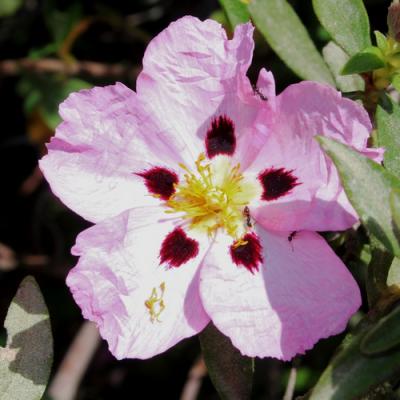No products found
Use fewer filters or remove all
Scent Trek® Fragrances
Explore our collection of scent trek® fragrances. Shop scent trek® perfumes that will captivate your senses.Sangria Fragrances
Experience the invigorating scents of sangria fragrances. Discover the best sangria perfumes and immerse yourself in a refreshing aroma.Shea Butter Fragrances
Indulge in the captivating shea butter fragrances. Explore the best shea butter perfumes and let their enchanting scents transport you.Acai berry Fragrances
Discover the delightful scents of acai berry fragrances. Shop best acai berry perfumes online and add a touch of elegance to your fragrance collection.latex Fragrances
Immerse yourself in the world of latex fragrances. Experience the best latex perfumes for men and discover unique and captivating scents.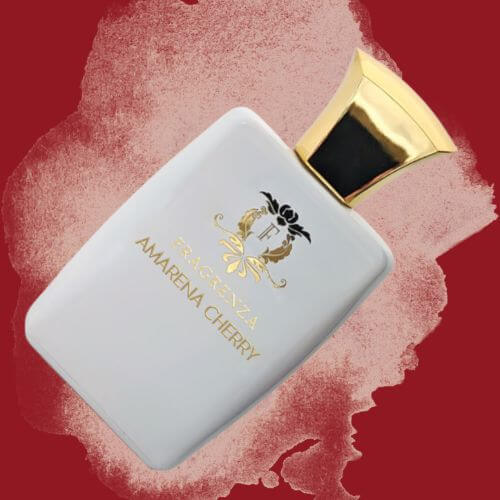
Amarena Cherry
Obsessed with cherry? If you want to really amp up the cherry scent, this Tom Ford Lost Cherry dupe will give Lost Cherry a run for its money. Black cherry, cherry syrup, and cherry liqueur all mingle together for an indulgent cherry overdose that’s complemented by notes of almond, tonka bean, Turkish rose, and jasmine sambac.
Spices
Sesamum indicum
Collapsible content
Description
Botanical name - Sesamum indicum Family - Pedaliaceae Parts used - seeds COMMON NAME Sesamum is commonly referred to as Til Hindi, Sesame / Gingelly English, hu ma Chinese, sesame French, goma Japanese, gergelim Portuguese and ajonjol� Spanish. THE STORY Sesamum is the oldest cultivated plant in India. The sesamum seed has been an essential item in Hindu religious ceremonies and is called homadhanya and pitrutarpana in ancient scriptures. The first human migrants may have introduced Sesamum to India from Africa. Charred sesame remains from Harappa excavations c. 3600-1750 BC indicate that sesame was cultivated during the Indus Valley Civilization. The widespread cultivation of sesame in Asia and Africa since ancient times has made it difficult to identify its original focus. Africa can consider the center of primary origin while India is the center of secondary origin. DISTRIBUTION and PRODUCTION Sesame grows in tropical, subtropical, and southern temperate regions of the world, especially India, China, Africa, and South Africa. India ranks first in both acreage and sesame production worldwide. In India, about 80 percent of the seeds of the total production are used for oil extraction, 2 percent are kept for planting purposes and almost 18 percent are used for directly edible purposes. CLIMATE and SOIL Sesamum is cultivated in the plains and at altitudes of up to 1200 m. It requires a warm climate and cannot withstand frost, continuous heavy rains or situations of prolonged drought. It grows on light, well-drained soil capable of retaining adequate moisture. It grows best on typical sandy loams. BOTANICAL The plant is erect, simple or branched annual, 60-180 cm. In height. The leaves are opposite at the bottom and alternate at the top. The flowers are zygomorphic, solitary, white bell-shaped, born on the upper part of the stem. The color of the flowers can vary from white, pink or mauve pink with darker markings. The flower petals are tubular, about 3 cm long, with a slightly bilabial applied edge. The fruit is an erect, oblong capsule. The capsule contains many small, oval seeds. SEEDS and their PHYTOCHEMICALS Two distinct types of seeds are recognized, the white and the black. There is also a range of intermediate colors which varies from red to pink or from brown to gray. Sesame seeds contain two unique substances, sesamin and sesamolin, while after refinement, the two phenolic antioxidants, namely sesamol and sesaminol, are formed. Sesame seeds are a very good source of copper and magnesium. The seeds also contain tryptophan, calcium, magnesium, iron, phosphorus, zinc, vitamin B1, and dietary fiber. USES Sesame seed is used as a nourishing food and as a flavoring agent. It is invariably shelled for use as food. The characteristic flavor of the sesame seed is developed by the dry roasting of the shelled material. The shelled seeds are an ingredient in a wide variety of sweets and confectionery widely consumed in India. Sesamum seeds are used in bread to which they impart a pleasant flavor. It is also an ingredient in porridge, soups, confectionery and other food preparations consumed in Africa. In Venezuela, a drink is prepared from roasted and crushed seeds with milk and sugar. In the United States and European countries, sesame seed is used as a garnish for bread rolls and baked goods. Sesamum seeds are considered to be an emollient diuretic, lactagogue, and nourishing tonic. They are said to be useful in heaps, with a paste of seeds mixed with butter being used to bleed the heaps. Sesamum oil is well digested and absorbed like any other vegetable oil or fat. When it comes to help with calcium and phosphorus, the oil would be superior to peanut oil. Sesamum oil is widely used as an ingredient in confectionery and for making margarine. It can be used in the manufacture of soaps, cosmetics, perfumes, insecticides and pharmaceuticals. A small amount of sesamum oil is used in the preparation of scented hair oils and also in therapy. It is also used in the formulation of antacids and ointments. The sesame cake or flour obtained as a by-product of the oil mill industry is highly valued as animal feed. Due to its high methionine content, it is very popular in poultry feed. In the old Arab world, people had balls made of dry breadcrumbs, dates, almonds and pistachios, moistened with a few spoons of sesame oil and coated in sesame before going out for a caravan, which supported them. through the hot, dry desert and also provide nutritional value. In India, sesame seeds are used in religious ceremonies and festivals. During the Sandarn Koil Tapasu festival, sesame seeds are cooked very slowly in sugar, creating a sugar coating around each seed. The treat is then given to friends and family to bring good luck the following year. In China, sesame is sprinkled over rice and kidney beans and served in the exchange of wedding gifts. Slaves in the United States brought sesame from Africa and planted it at their doors to bring good luck and ward off evil spirits.
-
Our best sellers.
-
Adeline PDM Delina dupe Better Peach Tom Ford Bitter Peach dupe Chloris Gardenia Gucci Flora Gorgeous Gardenia dupe Fearless Love Kilian's Love, Don't Be Shy dupe Selvaggio Dior's Sauvage dupe Addict Noir YSL's Black Opium dupe Empress D&G's L'Imperatrice dupe Divino Bleu de Chanel dupe Lo amo J’Adore Dior dupe Pretty Girl Carolina Herrera's Good Girl dupe



